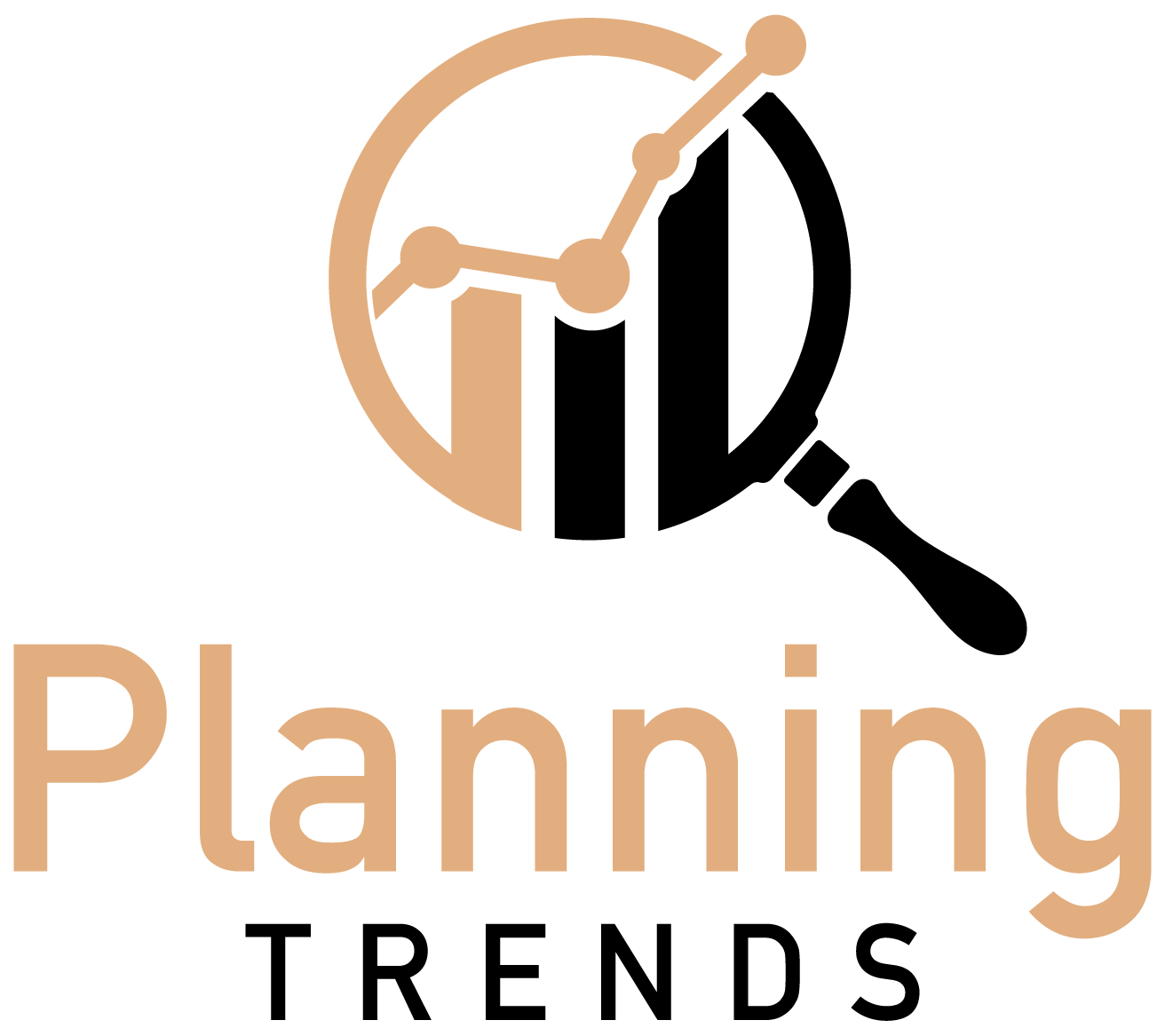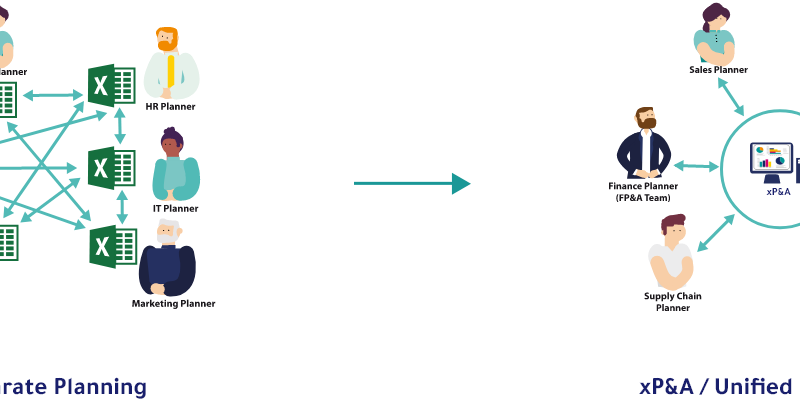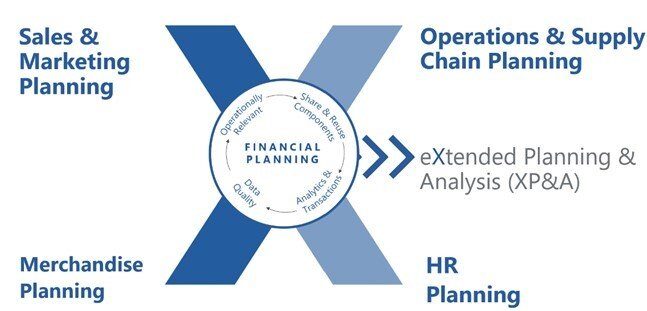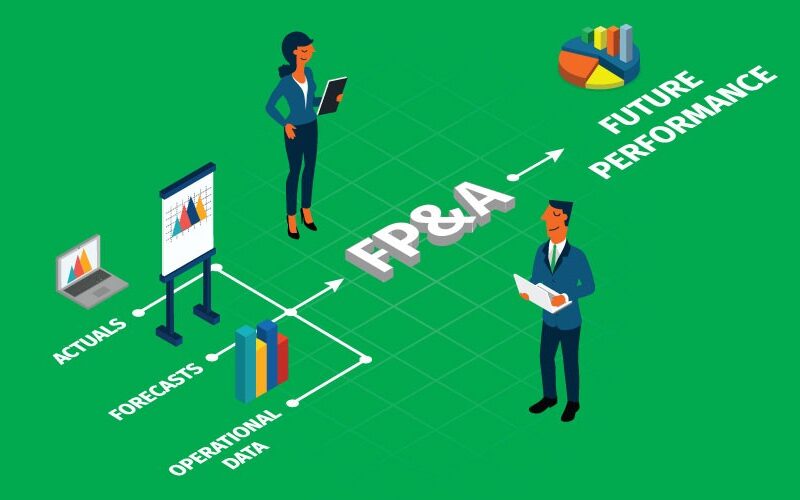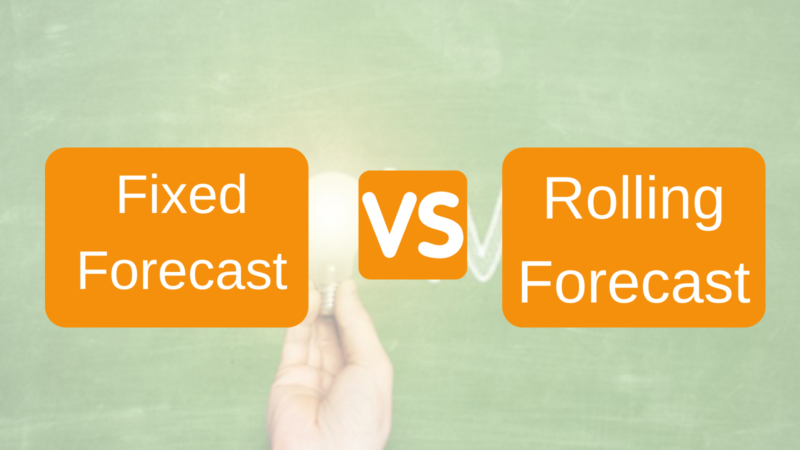
Fixed Forecasts vs. Rolling Forecasts: Which Is Right for You?
Both fixed and rolling forecasts have their pros and cons, so it’s essential to understand which type of forecast is right for your organization.
In this article, we are going to discuss Fixed Forecast vs. Rolling Forecasts and how they can help finance professionals do better forecasts for business.
But before we get to the nitty gritty details, it is important to understand each one in detail. So, let’s get started.
What is a Fixed Forecast?
A fixed forecast is an estimate of future sales or revenue that a business provides to its shareholders, management, and other interested parties. The forecast is typically based on the business’s past performance and current trends, and it is used to help guide decision-making about future investments and strategies. A fixed forecast can be helpful for businesses that need to plan for long-term growth, but it can also be risky if the assumptions on which it is based turn out to be inaccurate.
Example of Fixed Forecast:
Fixed forecasting is a type of forecasting that uses a predetermined set of assumptions and calculations to predict future events. This type of forecasting is commonly used by businesses to predict future sales or inventory needs.
Benefits of Fixed Forecast:
There are many benefits to using fixed forecasting. Some of these benefits include:
1. Accuracy
Fixed forecasting can help to ensure accuracy in your predictions by accounting for all known factors and removing the guesswork from the equation.
2. Consistency
By using fixed forecasting, you can create a consistent forecast that is based on historical data and trends. This can help to ensure that your predictions are as accurate as possible.
3. Efficiency
Fixed forecasting can help to improve efficiency by allowing you to focus on specific factors that are most important to your business. This can help you to make better decisions and achieve your goals more quickly.
When should you go for Fixed forecasting?
There are a few instances when you might want to consider using fixed forecasting. For example, if you have a stable business with little change in the demand for your product or service, then fixed forecasting may be a good option. This is because it can provide more accurate predictions and help you plan for the future more effectively. Additionally, if you’re working with a limited budget, fixed forecasting can help you save money by allowing you to better anticipate your needs.
What is Rolling Forecast?
A rolling forecast is an approach to financial forecasting that updates forecasts regularly, usually on a monthly or quarterly basis. The goal of a rolling forecast is to ensure that forecasts are always up-to-date and accurate. A rolling forecast can help businesses make more informed strategic decisions since they will have the most recent data available.
Example of Rolling Forecast
A rolling forecast is a forecast that is updated regularly as new information becomes available. It is often used when a company wants to be able to adapt its plans to changing conditions. A rolling forecast can be created for any time period, but a monthly or weekly rolling forecast is the most common.
A rolling forecast begins with a plan for the upcoming time period. As new information becomes available, the forecast is updated to reflect the new information. The updated forecast is then used to create a new plan for the upcoming time period. This process continues until the end of the time period that is being forecasted.
Benefits of Rolling Forecast
There are many benefits to rolling forecasts, which is why so many businesses are making the switch. Some of the benefits include:
1. Increased accuracy
Rolling forecasts are more accurate than static forecasts because they take into account recent changes in trends and patterns. This means that you can be more confident in your predictions and make better decisions based on them.
2. More timely information
With a rolling forecast, you have up-to-date information about your business’ performance at all times. This allows you to respond quickly to changes in the market and seize new opportunities.
3. Increased flexibility
Rolling forecasts are more flexible than static forecasts, which means they can be adapted to reflect changes in your business operations or the market. This gives you greater control over your future and helps you stay ahead of the competition.
future.
When should you go for rolling forecasting?
There are a few scenarios in which rolling forecasting is a more ideal solution than traditional forecasting. One scenario is when there are constant, radical changes in the business environment. Rolling forecasting can quickly adapt to these changes, while traditional forecasting may not be able to keep up. Additionally, if there is a lot of variability in the historical data, then rolling forecasting may be better suited to produce more accurate predictions. Finally, if the business is rapidly growing or evolving, then rolling forecasts can help ensure that all aspects of the company are accounted for in the forecast.
Fixed Forecast vs. Rolling Forecasts: Which One to Choose?
Which one is the best for your business? This is a question that many companies face, and it can be difficult to decide which option is the best for your specific company. We will explore the pros and cons of both fixed forecasts and rolling forecasts, to help you make an informed decision.
Fixed forecasts are created by estimating future sales and then predicting how much of each product or service will be needed to meet those projections. This approach can help ensure that you have enough supplies on hand to meet customer demand, but it can also be inflexible and lead to over- or under-production if the actual market differs from the forecast.
Rolling forecasts, on the other hand, are updated constantly as new information becomes available. This allows businesses to be more responsive to changes in demand, but it can also be more difficult to track long-term trends using this approach.
Ultimately, the best type of forecast for your business depends on your individual needs and preferences. Consider both options and decide which one will work best for you.
